Syngonium White Butterfly Tissue Culture
$3.48
Syngonium White Butterfly Plant is a large evergreen shrub native to Australia. It is an annual herb, with the glossy green foliage and flowers being the main attractions. The Syngonium White Butterfly Plants are native to wet coastal sand dunes and hillsides, coastal waters and river banks.
Its edible roots are used for the homoeopathic treatment of allergies, sore throats, congestion and stomach upset, and it is also used in the culinary arts. This attractive, fragrant plant is quite popular with gardeners and has a vining habit, which attracts bees and other insects.
Out of stock
Uses of Syngonium White Butterfly Plant
- One of the most common uses of Syngonium White Butterfly Plant is for culinary purposes. This is because the plant has been known to have medicinal properties that can help improve your health and immune system. It is not only good for healing skin and wounds; it is also beneficial in alleviating asthma, hay fever, bronchitis, and allergies as well.
- These plants are also known to be anti-viral, antibacterial, and anti-fungal. The Syngonium White Butterfly Plant is even believed to be effective against parasites. Because of these wonderful benefits, it is not uncommon to find people growing this plant in their backyards, as well as in other areas of their homes.
- Another area where the white butterfly plant is commonly grown is for landscaping. It is a popular addition to borders due to its beautiful flowers. These flowers come in a variety of different colours and shapes, allowing you to create any type of yard you want.
- The Syngonium White Butterfly Plant is not hardy; it will need constant light and moderate amounts of water, as well as fertilizer every couple of weeks. If you decide to try growing the white butterfly plant, remember to follow the steps in this article so that you can ensure that your plants come alive every time.
Benefits of Syngonium White Butterfly Plant
- The Syngonium White Butterfly Plant belongs to the mint family, Lamiaceae. Mint has been around for a long time but its main use has been as an antiseptic. When the steam or vapour from burning something like paper, meat, or even a car exhaust is breathed in then the vapour is carried away in the breath.
- The vapour then becomes water and some of the chemicals that have been used to kill bacteria are released along with it. These are called volatile sulphur compounds.
- Syngonium White Butterfly Plant give people a bad smell, which is why they were originally called sulphur compounds. When people breathe them in, the smell sticks to their clothes absorb the smell, rather than letting it escape. It’s a quick way to smell pretty much anything.
- As people grew more accustomed to the plant, it was used for more medicinal purposes as well. For quite some time it was used to treat urinary tract infections, bronchitis, coughing and as an expectorant.
- A similar compound called Menthol has also been used, but this compound is actually from the mint family, not the plants themselves. This Menthol is generally used as a cough suppressant. Other properties of the plant are anti-inflammatory, anti-viral, anti-fungal and anti-bacterial.
- Syngonium White Butterfly Plant’s a pretty powerful smell. For one thing, it’s strong enough to help fight off other animals when sprayed on. Also, it’s quite strong and quite smelly.
Properties of Syngonium White Butterfly Plant
- The Syngonium White Butterfly Plant is a perennial herb. It grows in the southern United States and Canada. It has been reported to be poisonous to animals and birds, but this has not been proven. The plant derives its name from the Greek word syno meaning “one who is”. Other properties of SYNGONIUM:
- The flowering period is spring through late summer. The flowers are three-lipped, yellow with an orange-red tint. The blooming period is typically longer in northern regions of the plant and shorter in southern areas. The plant blooms for a few weeks and then closes for a while.
- Growth habit is upright or spreading. The stems are bushy and may reach five to six inches in height. The leaves of Syngonium White Butterfly Plant are alternate and pinnately compound. The flowering period is from late spring through late summer.
- The diameter of the flowers is between one-half to two inches. Flowers appear to be tiny with a single flower per stem. The flowers are pure white with a yellow throat. The blooming period is usually one week long and then closes. The plants are fed with an annual feed and need only to be watered once or twice each year.
- Trees and shrubs planted around the base of the Syngonium White Butterfly Plant may result in the growth of this attractive plant. The plant is cold-tolerant. In colder climates, it may freeze to the ground. It is not affected by frost, thawing or freezing.
Be the first to review “Syngonium White Butterfly Tissue Culture” Cancel reply
Related products
Tissue culture
Tissue culture
Tissue culture
Tissue culture
Tissue culture
Tissue culture
Tissue culture
Tissue culture

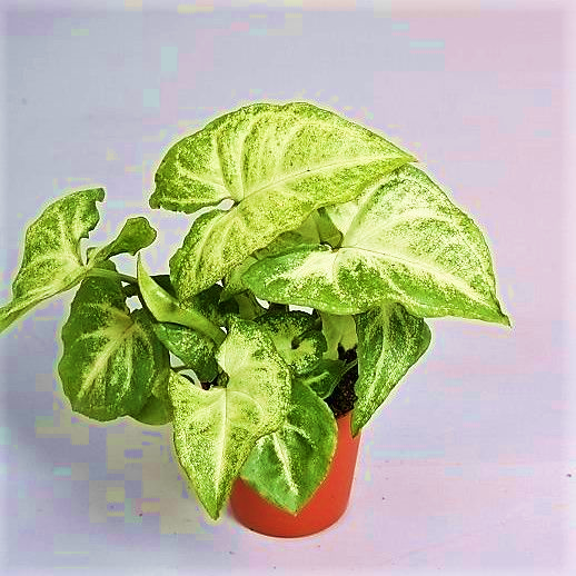
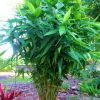

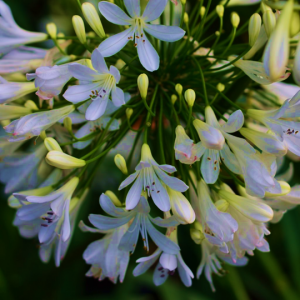
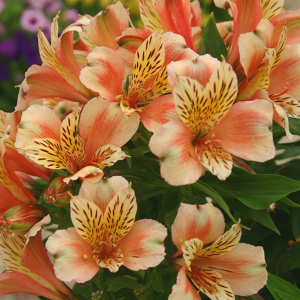
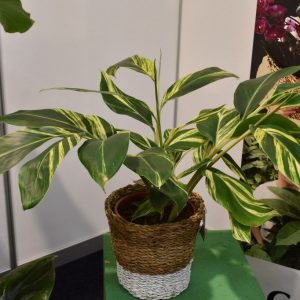
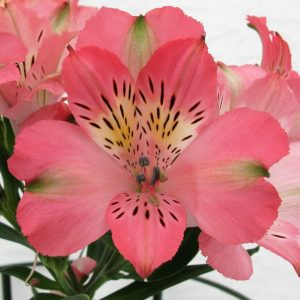
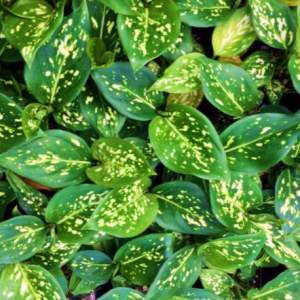
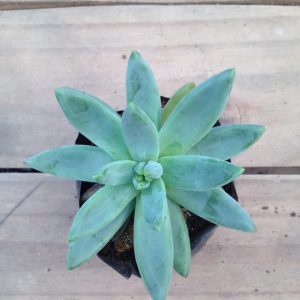
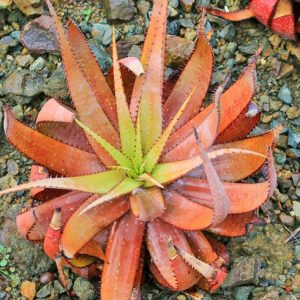
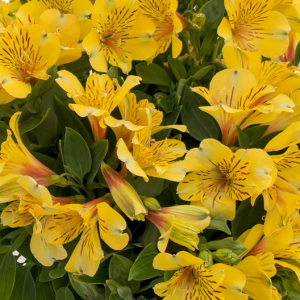
Reviews
There are no reviews yet.